Premium Only Content
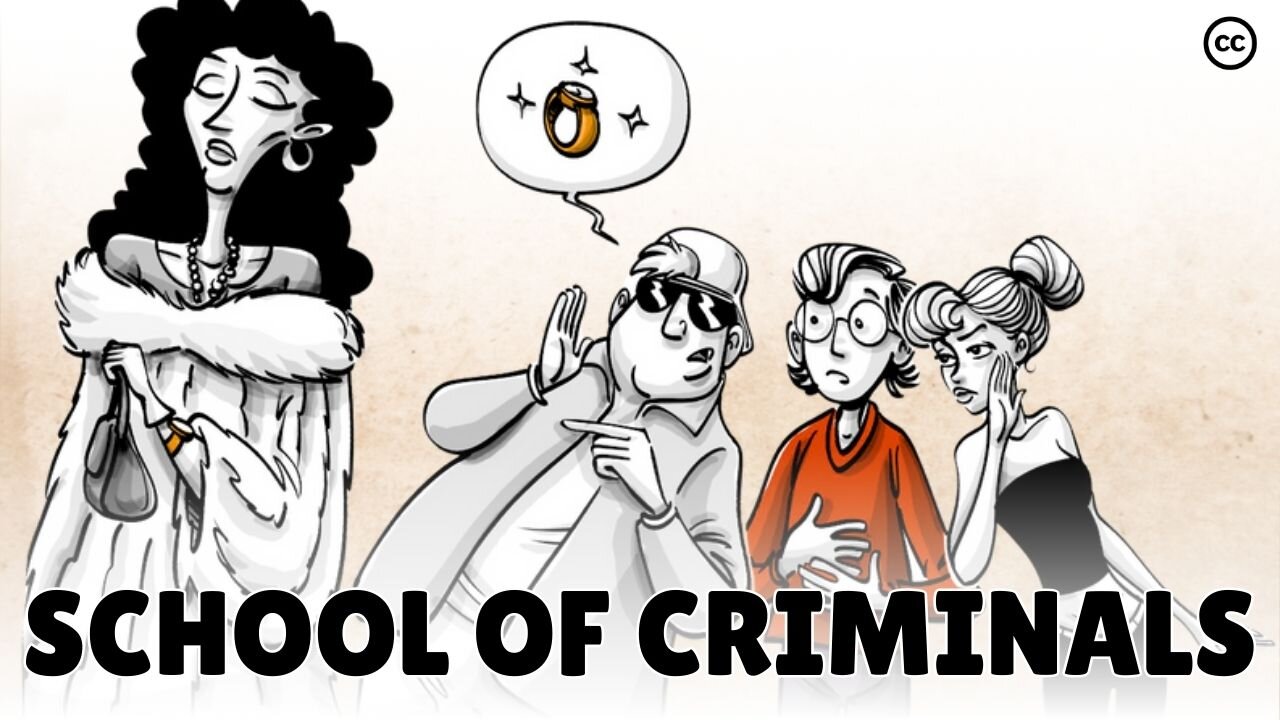
Differential Association: 9 Rules for Becoming a Criminal
When ordinary folks turn into crooks and criminals, it’s sometimes because they learn from the wrong crowds. Edwin Sutherland’s pioneering work in criminology greatly expanded our understanding of how this happens exactly. His theory of "differential association" suggests that there are 9 tenets to learning criminal behavior — and that we learn it almost like we learn anything else.
SUPPORT us to make more videos on social science!
https://www.patreon.com/sprouts 🐦:
DOWNLOAD video without ads and background music 🤫:
https://sproutsschools.com/video-lessons/
SIGN UP to our mailing list and never miss a new video from us 🔔:
http://eepurl.com/dNU4BQ
SOURCES and teaching resources 🎓:
Link to blog post on Sprouts website is coming soon!
VISIT our website
www.sproutsschools.com
THANKS to our patrons
This video was made with the support of our Patrons: Andrea Basilio Rava, Angela, ArkiTechy, Artur, azad bel, Badrah, Brilliant Minds Learning, Cedric.Wang, David Markham, Delandric Webb, Denis Kraus, Digital INnov8ors, Dr. Matthias Müller-Mellin, Duane Bemister, Esther Chiang, Eva Marie Koblin, Floris Devreese, Frari63, Gatsby Dkdc, Ginger, Harmoniac Design, ICH KANN DEUTSCH UND ES WAR EINFACH!, Isabelle, Jana Heinze, Jannes Kroon, Jeffrey Cassianna, Joanne Doyle, Johan Klassen, John Burghardt, Jonathan Schwarz, Jorge Luis Mejia Velazquez, Karen Lewis, Kenneth Natvig, Leonel, Linus Linderoth, Liskaya, Marcel, Marco VanGuff, María, Marq Short, Mathis Nu, Matthias Ruck, Mezes.Macko, Mindozone, Mique XO, Muhammad Humayun, Nicki, Okan Elibol, Paul Hopkins, Peter Bishop, Petra, Raymond Fujioka, Robert Cook, scripz, Sebastian Huaytan Meder, Si, Stefan Gros, Stephen, Stephen Clark, Stuart Bishop, Susan Schuster, Tetiana Gerasymova, The Freudian Centre, Tristan Scifo, Victor Paweletz, Wolfgang Vullhorst, Yohanan Schwartzman, Yvonne Clapham and all the others.Thank you! To join them visit www.patreon.com/sprouts
COLLABORATORS
Script: Jonas Koblin
Artist: Pascal Gaggelli
Voice: Mithril
Coloring: Nalin
Editing: Peera Lertsukittipongsa
Production: Selina Bador
Sound Design: Miguel Ojeda
SOUNDTRACKS
Tarantella - Adieu Adieu
Inspector Swing - Studio Le Bus
DIG DEEPER with these videos and other resources
Today we know that we are also influenced by genetic factors, hormones and special circumstances. Watch Robert Sapolsky explains the McNaughton rule and how brain damage can explain criminal behavior.
Read the tragic case of Charles Whitman who, on August 1 1966, took the life of his mother, his wife and many innocent others, before he was executed. In a letter he wrote before the tragedy unfolded, he asked to check on his brain stating that something must have gone terribly wrong inside it. An autopsy after his death revealed a large tumor inside his head. His story, if true, is testimony that not only the environment, but also biological causes may be responsible for crimes that happen.
Watch Asch’s Conformity Experiment to understand how easy people conform to group behavior.
Learn more about social learning theory or watch our video on Bandura’s Bobo Beatdown Experiments
SOURCES
Edwin Sutherland
https://en.wikipedia.org/wiki/Edwin_Sutherland
Differential association
https://en.wikipedia.org/wiki/Differential_association
Students computer crime
https://www.sciencedirect.com/topics/social-sciences/differential-association
White Collar Crime
https://en.wikipedia.org/wiki/White-collar_crime
White Collar Crime, original article
https://www.jstor.org/stable/2083937
Differential association theory (Sutherland)
https://soztheo.de/theories-of-crime/learning-subculture/differential-association-theory-sutherland/?lang=en
Charles Whiteman
https://en.wikipedia.org/wiki/Charles_Whitman
Brain and the amygdala
https://en.wikipedia.org/wiki/Amygdala
CLASSROOM EXERCISE
Visit our website to find out more about suggested activities on this topic!
CHAPTERS
00:00 Introduction
00:46 9 Precepts of differential association
02:47 What do you think?
03:08 Patrons credit
03:17 Ending
#criminology #socialscience #sproutslearning #sociallearning
-
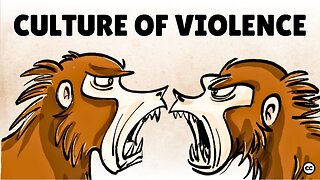 4:02
4:02
Sprouts
7 months agoThe Social Roots of Violence
3821 -
 18:10
18:10
Sideserf Cake Studio
5 hours ago $0.60 earnedIs This the ULTIMATE Cake Smashing Moment?
14.8K -
 12:51
12:51
Misha Petrov
18 hours agoTrump KICKS OUT Zelenskyy After HEATED White House Meeting!
14.5K58 -
 16:39
16:39
Tactical Considerations
1 day ago $0.58 earnedWatchtower Apache Double Stack 1911 Made Me Question Everything?
12.8K -
 16:20
16:20
T-SPLY
6 hours agoCNN Meltdown Over Zelesnky Disrespecting Donald Trump And JD Vance
10.9K14 -
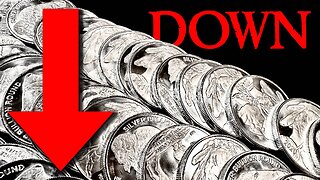 8:39
8:39
Silver Dragons
23 hours agoGold & Silver Price KEEP DROPPING 👀
7.8K4 -
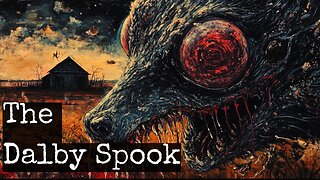 1:20:14
1:20:14
TheTapeLibrary
19 hours ago $0.39 earnedThe Strangest Paranormal Case of All Time
5.67K1 -
 13:58
13:58
Chris From The 740
8 hours ago $0.13 earnedOld School Icon, New School Features – The Influencer X Hits The Mark!
4.16K -
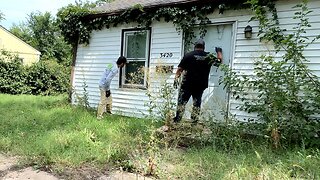 30:31
30:31
SB Mowing
1 day agoI brought in REINFORCEMENTS when I saw the state of this yard
157K54 -
 1:59:13
1:59:13
Adam Carolla
2 days agoBeing Republican & in Hollywood +Kelsey Grammer on Fatherhood + Peter Berg's Super Bowl Commercials
103K45